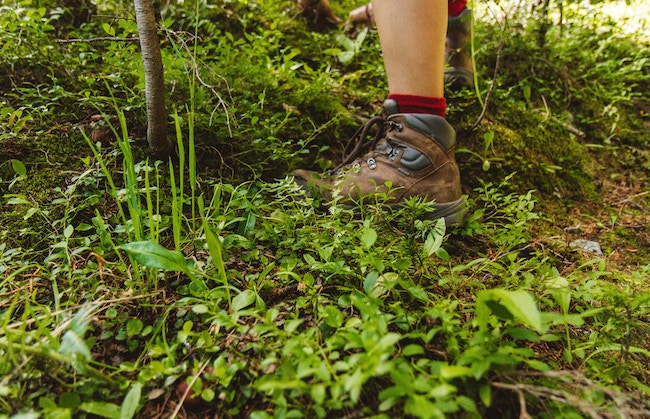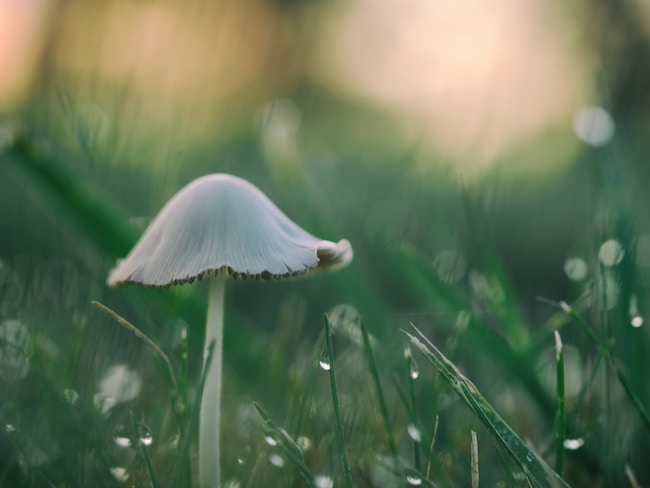Foraging, the act of gathering wild food for free, has probably been a part of more people’s lives than they realise. If you ever picked berries as a child and taken them home to make jam, you can in fact already class yourself as a forager. For others this is a new-found hobby, inspired by a desire for fresh local food and the cheeky thrill of finding something for free. When done safely and correctly foraging is sustainable and fun, so read on to find out everything you need to know before you forage.
Where can you forage?
Hedgerows and woodlands are ideal locations for finding free food, but footpaths and canal sideways also offer great opportunities depending on the area. Not just reserved for dwellers of the countryside, urban foraging is also possible. City-grown vegetables from a polluted area are no more dirtier than supermarket produce and are equally nutritious. Just be sure to wash thoroughly. Try searching in churchyards, car parks and derelict areas, but always ask permission when possible beforehand.
Are there any rules you should follow?
It’s important to be careful not to trample any wildlife when foraging and avoid taking plants from the roots. Only collect items when you see them in abundance and never take everything you see. Leaving fruits, flowers and seeds are essential for the next generation of plants to grow again, and it’s also just polite. If there are any other foragers in the area you want to share rather than steal it all!
What could you find?
The possibilities are endless when it comes to foraging, it all depends on the location and the time of year. Nettles for soup, fruits for jams, leaves for salads, elderflowers for cordials and nuts for pestos are just some examples of the free treats you can find in the UK.
What should you bring?
Boxes and strong shopping bags to hold all your food finds are essential, as are sensible walking shoes that will make your journey of discovery as comfy as possible. Gardening gloves might be a smart idea if you want to pick nettles or fruits on thorny branches.
What should you avoid?
When foraging on public footpaths it’s probably best to avoid food at dog lavatory level, for obvious reasons. It’s also imperative to never consume wild mushrooms unless you are 100% certain of the species. The fungi could be rare, protected, inedible or poisonous, so unless you have identified it without doubt it’s best to leave it alone.
Which sources should you look to?
When trying to distinguish what you’ve been picking, always refer to an educational source before you eat anything. The Wild Food School has a free downloadable foraging guide, which has colour photos of all edible plants in the UK as well as information on how to eat and drink them. If you’d like to learn more about the foraging lifestyle in general, The Thrifty Forager by Alys Fowler and The Forager Handbook by Miles Irving are great starting points.


